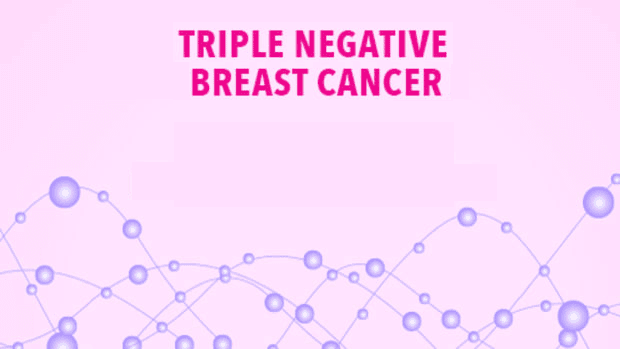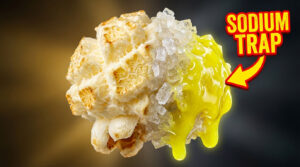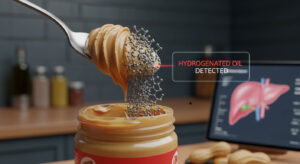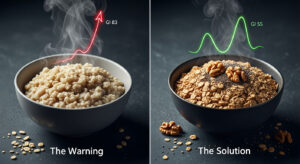What is Triple Negative Breast Cancer?
In our body, cell division is kept under very strict vigilance, both by the same
cell, as well as by those of the Immunity
system. Since the signal for a cell to
divide (or stop dividing) begins from the DNA level, it is of no surprise that
gene mutations play a large role in the development of cancer
. In some cancers,
the cells exhibit receptors on their surface which bind to external signals
and turn on cell proliferation. If the receptors for these growth promoting
signals are over-expressed due to genetic mutations, cells proliferate more.
An advantage of such types of cancer is, one can target these overexpressed
receptors and block them to prevent the increased signal from causing
uncontrolled cell growth. This is the basis of several protocols that are
used for treatment of cancer. However, some cancers may also develop
without expressing such receptors. Needless to say, the treatment of
such cancers is more challenging. One example of this type of cancers
is triple negative breast cancer
.








